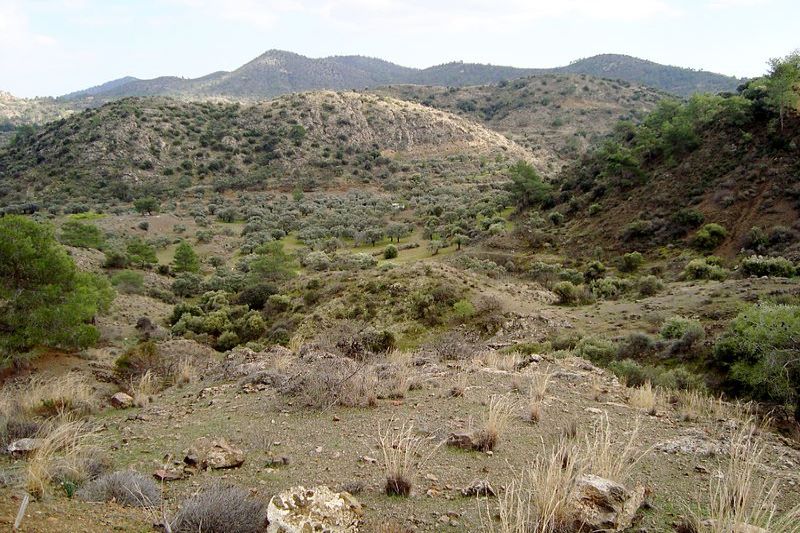Convergent Evolution in Mediterranean Plant Communities
Grade Level
9-12
Lesson Background:
In this lesson, students explore photos from Mediterranean biomes in four places: California, Italy, South Africa, and Australia. Students will explore characteristics and adaptations of the plants that live in these areas and will also investigate the climate patterns these plants live in. Based on that information, students will draw conclusions as to why the plant communities look similar. Students will be introduced to the term “convergent evolution” and connect these plant communities to evolutionary processes.
Lesson Resources:
Possible Guiding Question:
Why do plants in such different parts of the world look so similar? What are some common adaptations we see in these plants? How do you think plant adaptations are connected to the climate patterns in a region? How might plants benefit from living in certain conditions?
Possible Instructional Uses:
You may use this lesson as an introduction into evolutionary patterns, specifically convergent evolution. Students can see that even though these plant communities are far apart, they share similar attributes in climate. Students can begin to make the connection that plants in these regions evolved a similar set of adaptations to these climate conditions. This idea can be extended to other examples of convergent evolution or contrasted with divergent evolution.
Performance Expectations:
HS-LS4-4. Construct an explanation based on evidence for how natural selection leads to adaptation of populations.

Image: Andreas2009 - licensed under the CC Attribution-ShareAlike 3.0 Unported license.
Science and Engineering Practices
Constructing Explanations and Designing Solutions
Crosscutting Concepts
Cause and Effect
Disciplinary Core Ideas
Adaptation
Contributors:
Daniel Laughlin, Martha Inouye, Clare Gunshanen, Matthew Bisk
